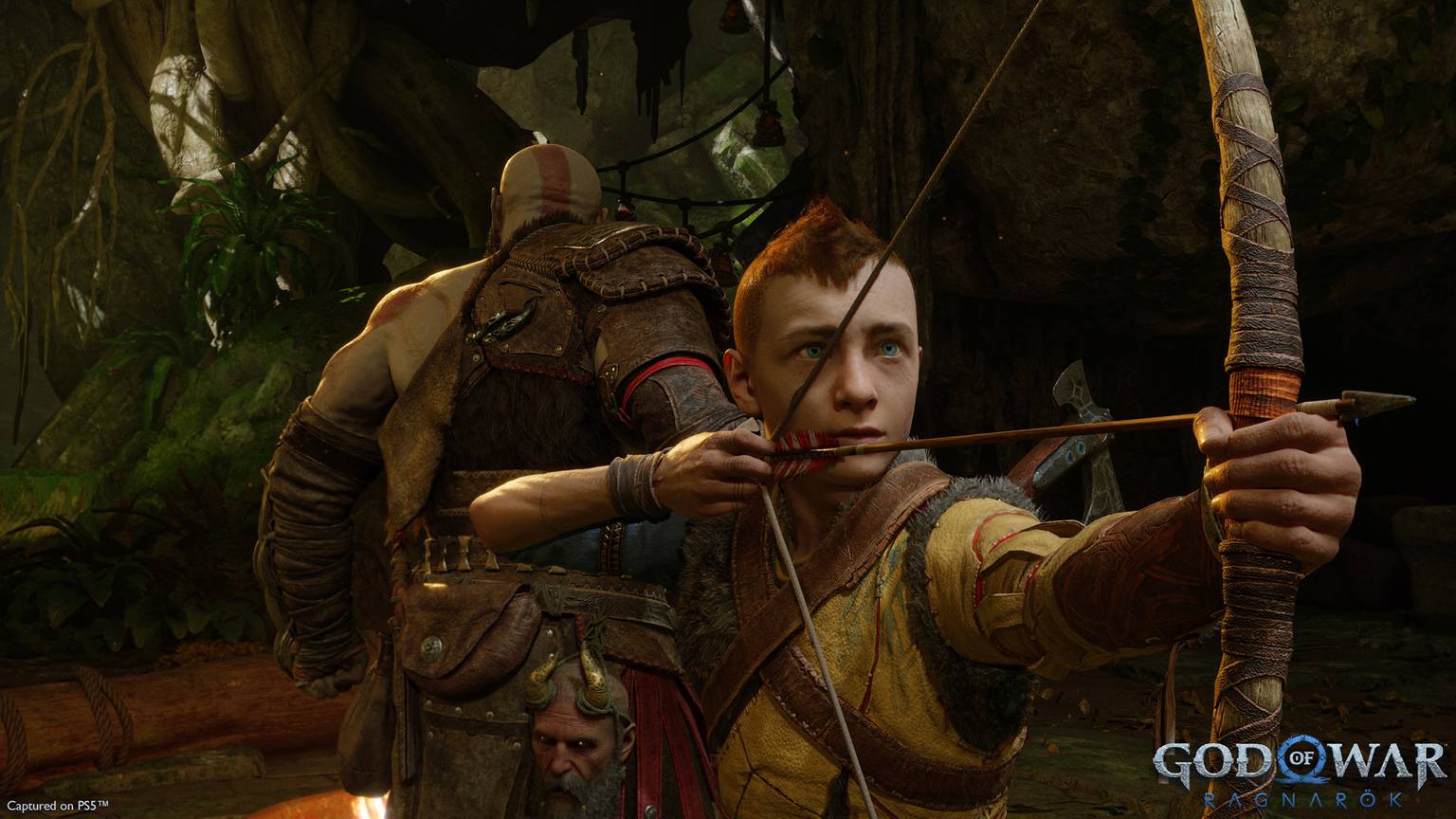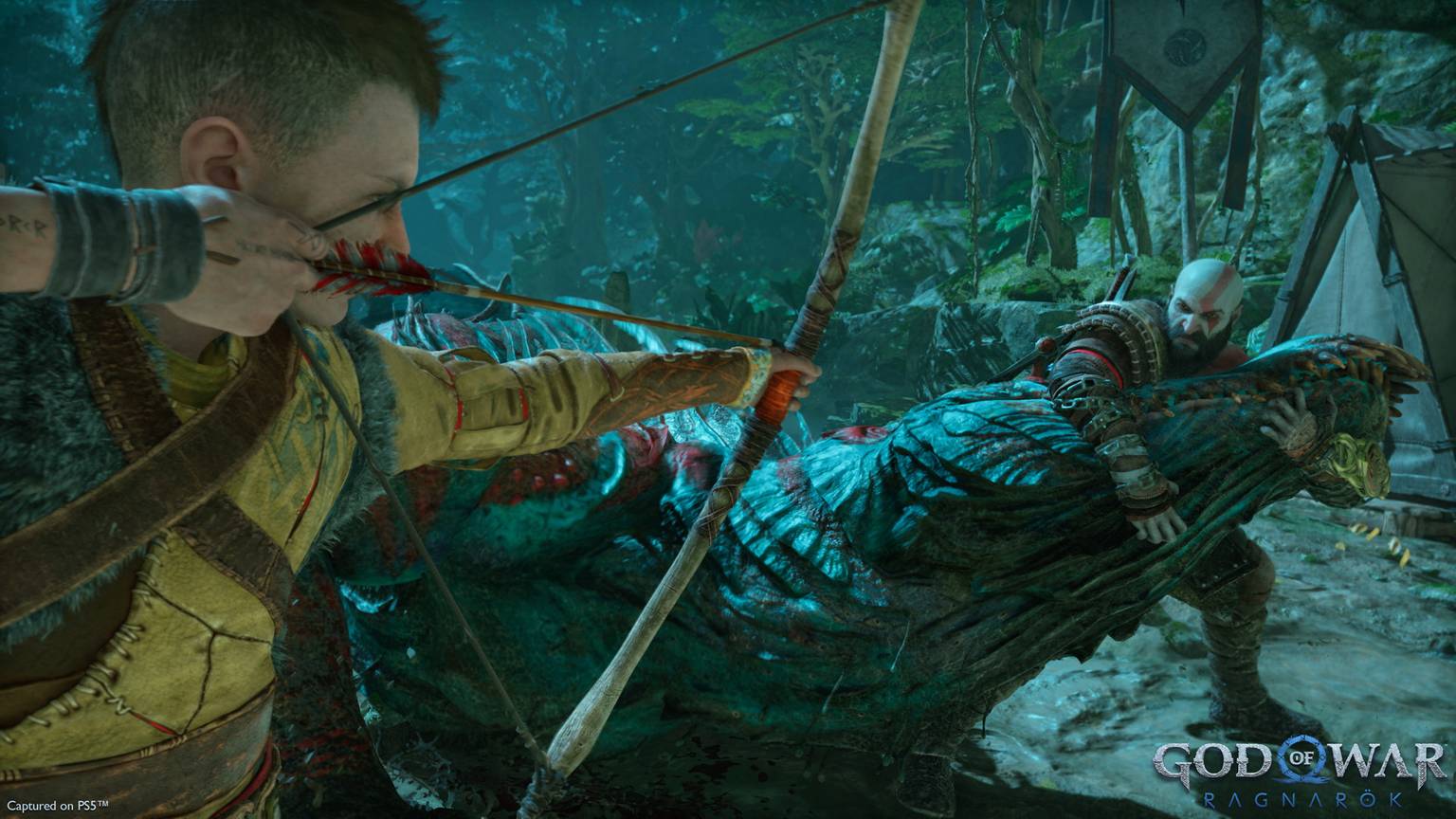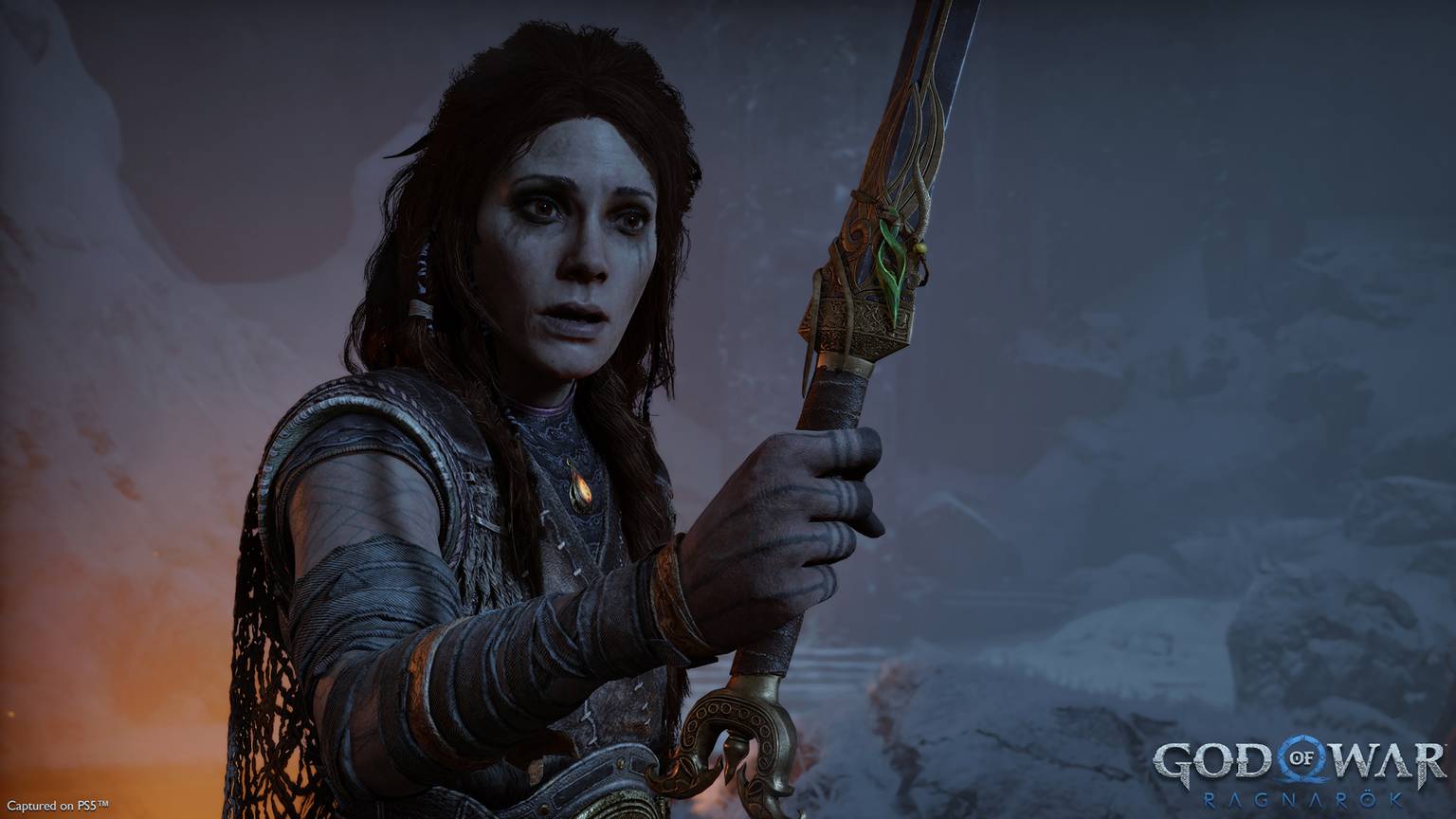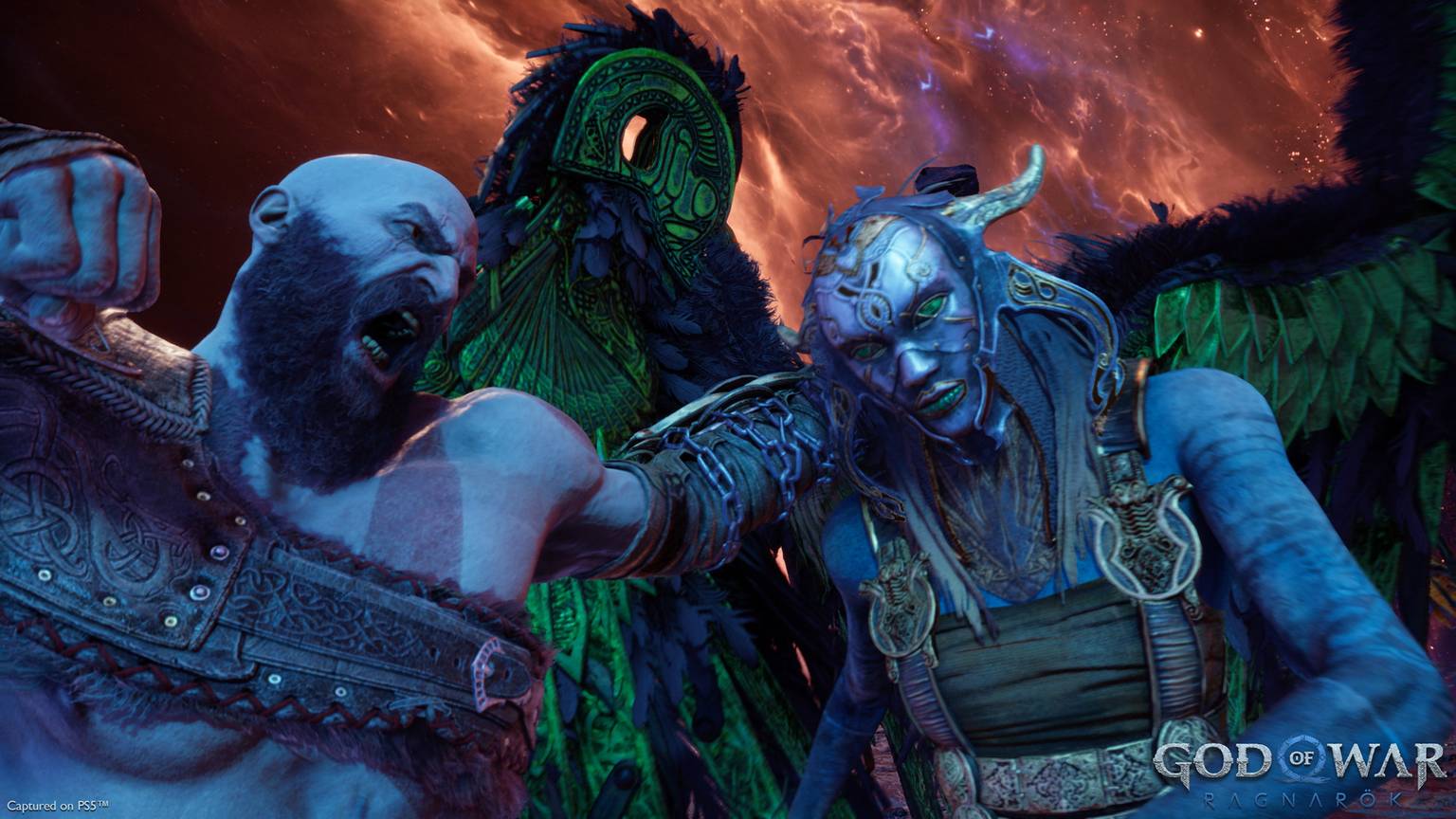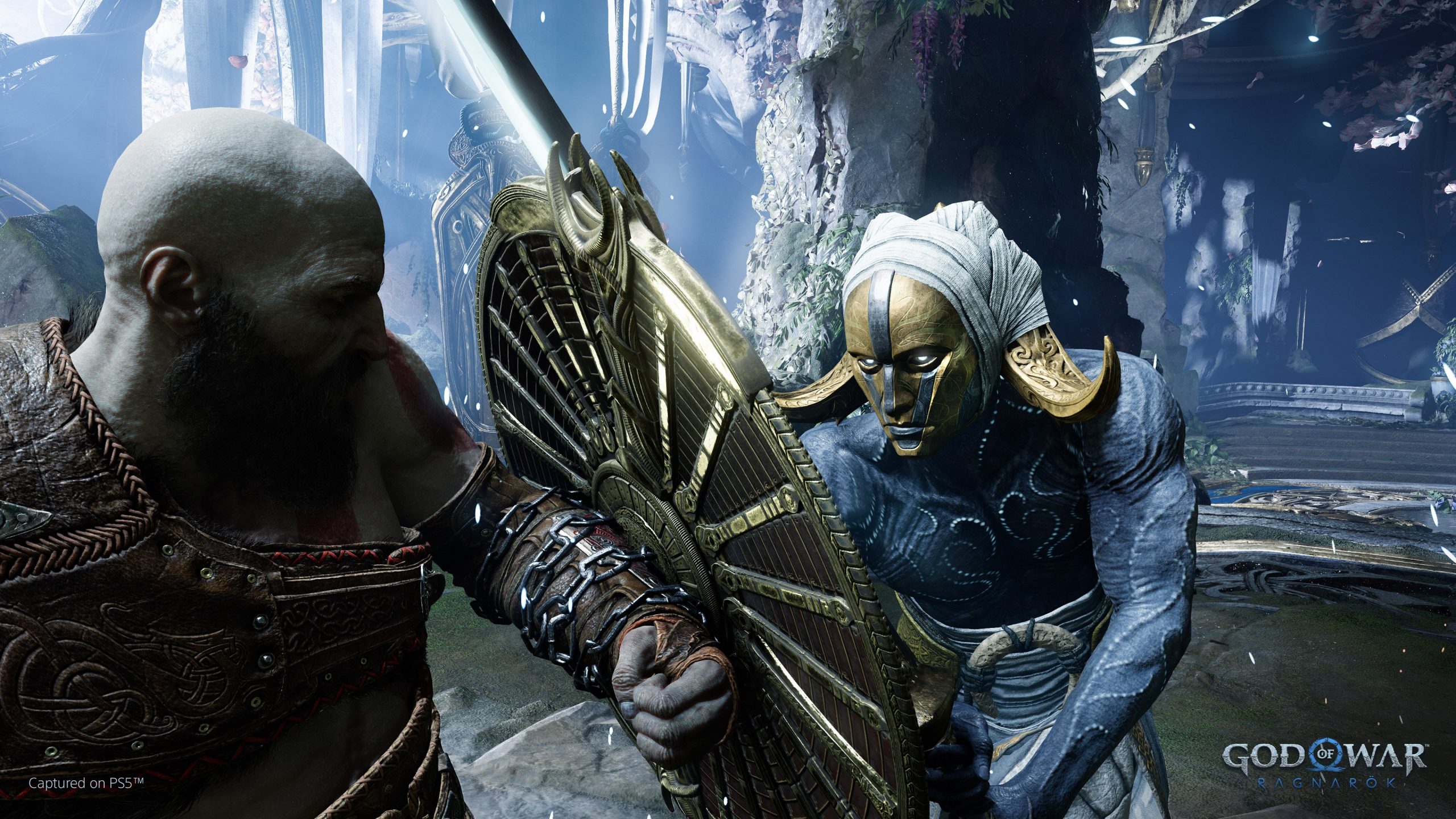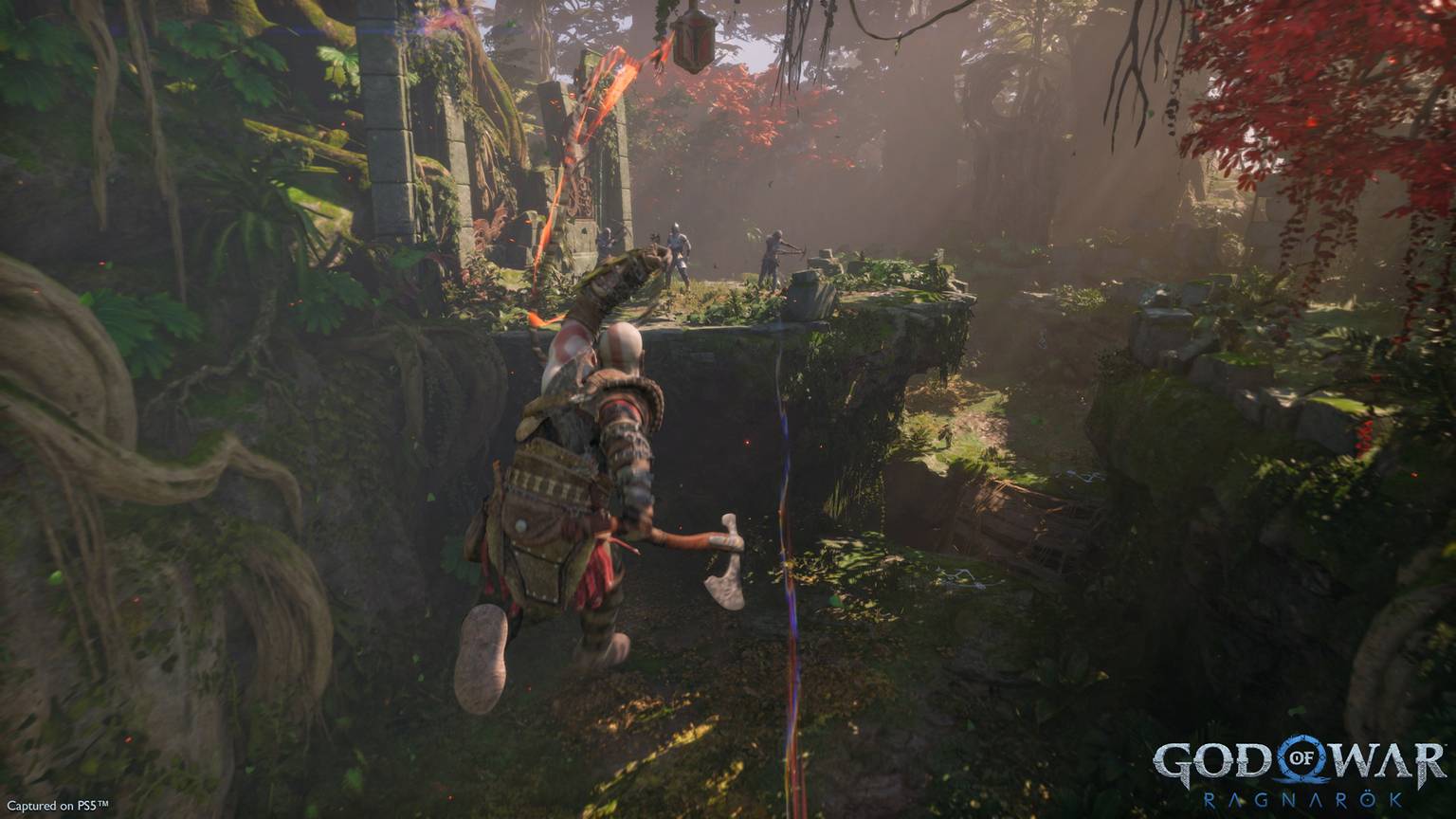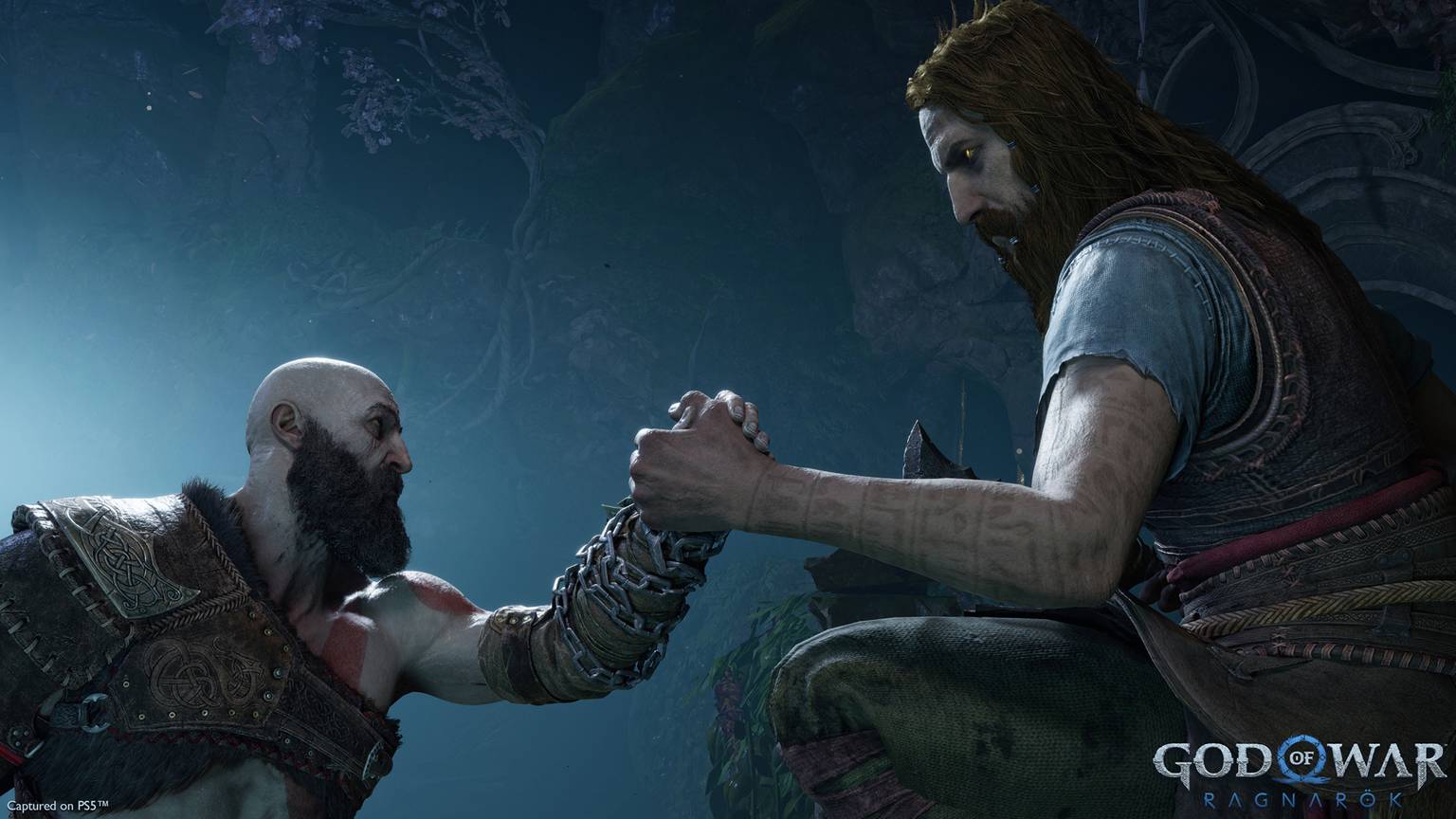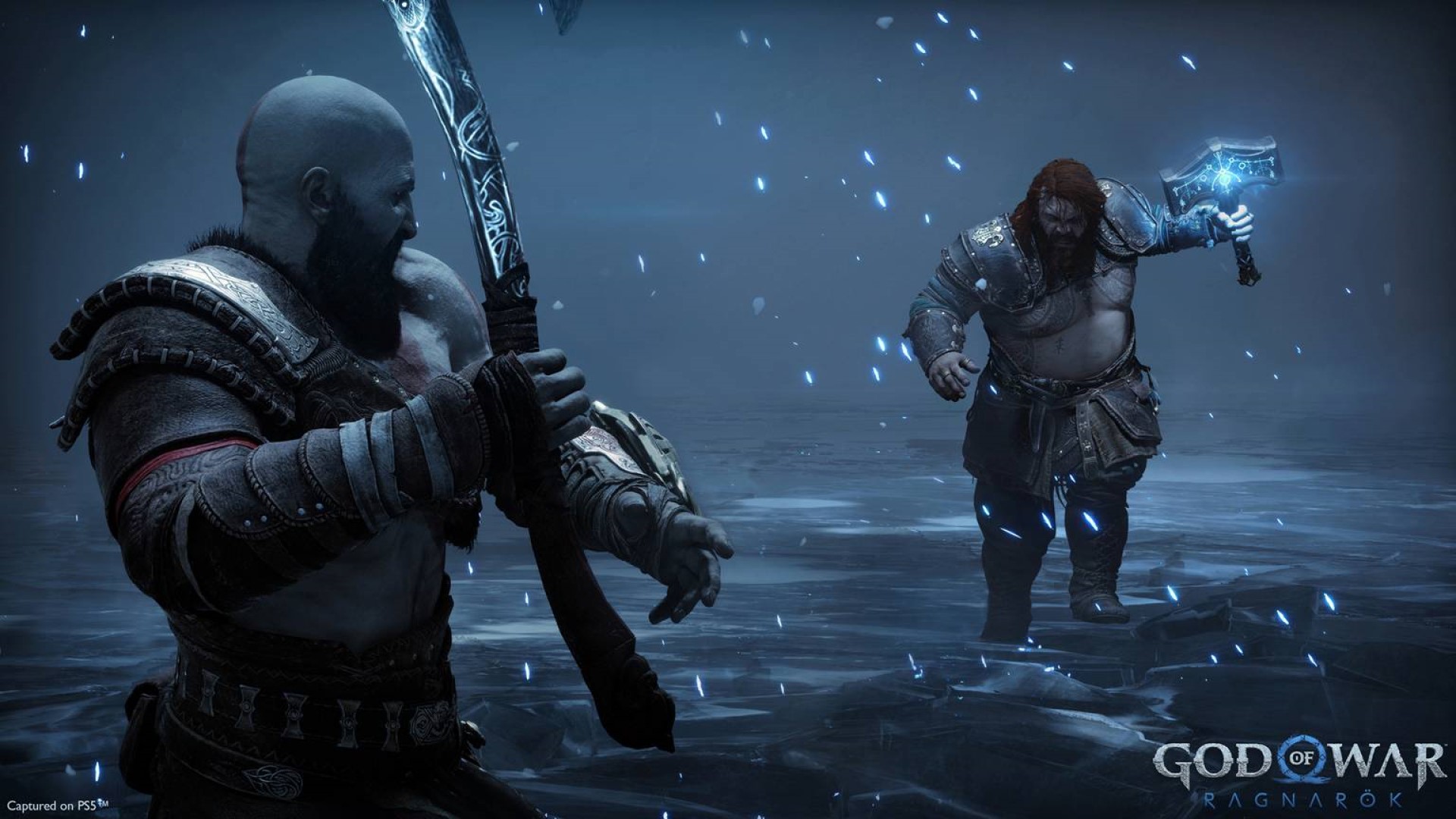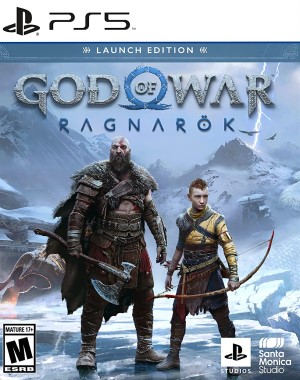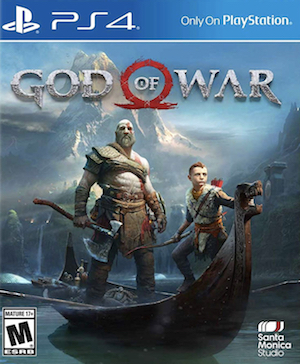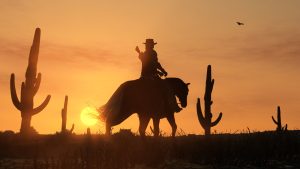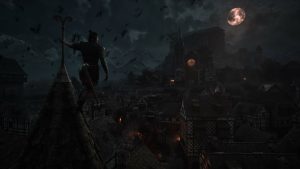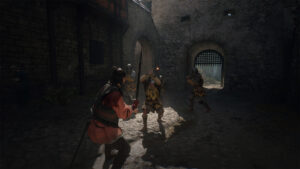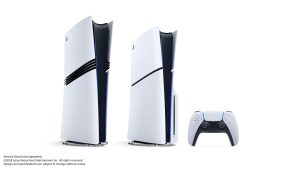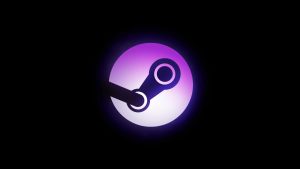
SIE Santa Monica is keeping things close to the vest with the upcoming God of War Ragnarok, just as it did with the 2018 title, but even from the limited footage that the developer has chosen to publicly show thus far, it’s clear that Ragnarok is going to differ from its predecessor in some key ways. Though the gameplay is obviously going to build on the foundations laid down by God of War (2018), Ragnarok is nonetheless diverging with new ideas in terms of both, its story and how it will play (and even behind-the-scenes). In the lead-up to its launch a month from now, here, we’re going to take a look at some of those key differences between the two games.
NEW DIRECTOR
Cory Barlog has solidified his name as one of the most prominent figures related to the God of War franchise, having directed God of War 2 (which many still consider to be one of the series’ best games) before then returning to the franchise to steer its reinvention and direct God of War (2018). Since its inception, however, the action-adventure franchise has followed a tradition of sorts, where no successive releases are directed by the same person, and it looks like that’s going to continue. As revealed last year, unlike the 2018 title, God of War Ragnarok is not being directed by Cory Barlog, and is instead being helmed by Eric Williams, who has been a designer on every mainline God of War game to date. Barlog is instead going to direct SIE Santa Monica’s next game (which we know practically nothing about at this point), while he’s also still involved in Ragnarok’s development in a producer role. It also seems like he still has a big hand in shaping the franchise’s future. For instance, it was Barog who decided that God of War Ragnarok will be the final game in the series’ Norse saga.
LAKE OF NINE
The Lake of Nine serves as the central hub for all of God of War (2018). It’s a location you come back to time and again throughout the game, and sure enough, it’ll be coming back in God of War Ragnarok as well- though it might not be quite how you remember it. When God of War kicks off, all the realms are caught in the grips of Fimbulwinter, and in Midgard, that means everything frozen (even more so than it was than the already-wintery 2018 game). The Lake of Nine has completely frozen over and is covered with a thick ice surface, which means traversal across it has changed as well. Instead of the boat, Kratos and Atreus will now use a sled pulled by a pair of wolves, though the boat will return in other areas. In God of War (2018), the changing levels of the Lake of Nine were a key mechanic, allowing access to new areas at certain points in the game as the water level fell. Presumably, that’s not going to be a thing with the lake frozen over.
MORE REALMS
God of War (2018)’s eventful story took Kratos and Atreus on a journey through many realms, but some were still locked away. There was Midgard, of course, while the father and son pair also traveled to Alfheim, the realm of the elves, Helheim, the realm of the dead, and right at the end, Jotunheim, the realm of the ice. Meanwhile, Niflheim and fire realm Muspelheim were also accessible as optional realms. The rest were locked- which won’t be the case in God of War Ragnarok. Kratos and Atreus’ journey will take them to all Nine Realms of the Norse mythos, which means Asgard (realm of the Aesir), Vanaheim (realm of the Vanir), and Svartalfheim (realm of the dwarves) will also be featured in the game. Of these, we’ve already seen a fair bit of Svartalfheim. SIE Santa Monica has also confirmed that each realm is being affected by Fimbulwinter in different ways, so don’t expect all of them to be covered in ice the way Midgard is going to be.
ATREUS
The characters have become the heart and soul of God of War in its current form, and presumably, that’ll remain the case in Ragnarok– but not every returning character is going to be exactly the same as they were in the 2018 title. Take Atreus, for instance. In God of War (2018), he was a young child (or a BOY, if you ask Kratos), but Ragnarok is set three years after the events of the previous game, with Fimbulwinter almost set to come to an end and mark the beginning of Ragnarok. That, of course, means that we’re going to see an Atreus that’s slightly older. Not only will he look and sound a little different (even though he’s still being played by Sunny Sulijic), we’re also going to see an Atreus that’s smarter and more capable. How the growing boy wrestles with the fact that he’s Loki remains to be seen.
FREYA
Another key character from God of War (2018), Freya is going to return in Ragnarok as well- and she couldn’t be further from a friendly, peaceful witch in the woods at this point. Kratos killed Baldur right at the end of the 2018 game, at which point Freya quickly became one of his biggest enemies. She’s got her Valkyrie wings back now, and as angry as she is, she’s hellbent on tracking Kratos down and killing him. Her story is going to be a particularly fascinating one in God of War Ragnarok, because even though she’s starting the game as Kratos and Atreus’ enemy, there’s a history of friendship there, while you’d also assume that Freya would ultimately see the sense in helping Kratos and Atreus try and stop Ragnarok.
ENEMIES
A lack of enemy variety was one of God of War (2018)’s most noticeable issues, but it seems like SIE Santa Monica Studio is making improvements on that front. While it seems safe to assume that there will be plenty of new enemy types in the upcoming Ragnarok that we won’t find out about until we come across them in the game ourselves, we have seen a few interesting new foes nonetheless. There’s the bipedal lizard-like monsters known as Grims, giant reptilian creatures called Dreki who can burrow into the ground, centaur-like enemies know as Stalkers, and even an floating orb with a rune shining on its surface (that last one in particular is still something of a mystery).
SHIELD
The shield was very much an ancillary part of God of War (2018). Even though it could be very useful is used right, it was the kind of tool that, depending on the kind of player you are, you might not use much throughout the game (or even at all). In God of War Ragnarok, however, it seems shields will take on a more prominent role. The game will feature a greater variety of shields for players to choose between, each coming with unique defensive options and abilities. For instance, there’s the Dauntless Shield, which has a very small parry window, but if you get it right, you can smash it into the ground to unleash an area-of-effect attack that stuns enemies and sends them flying. On the other hand, the Stonewall Shield is much tankier, and though it cannot be used to parry, it absorbs damage from attack- once you’ve absorbed enough of it, you can unleash it as a shockwaves to smash into enemies.
MOBILITY
Similar to combat, though the core movement mechanics in God of War Ragnarok won’t deviate from the 2018 game in any drastic manner, they will see some key tweaks and additions nonetheless. In particular, it seems like Kratos’ iconic Blades of Chaos are going to serve more of a function in traversal at times. In what we’ve seen of the game so far, we’ve seen glimpses of Kratos using the Blades at higher ledges to pull himself up to them, while in the most recent trailer, we also saw him use the weapon as a grappling hook of sort on a distant point to shoot himself against a large hap (which is a move pulled straight out of the original God of War games).
LENGTH
Right off the bat, keep in mind that this is based on leaks, not official information revealed by Sony or SIE Santa Monica Studio. As per a recent report by journalist Tom Henderson, God of War Ragnarok’s main story is going to be roughly 20 hours long (which is about the same length as the 2018 game), of which three and a half hours will be dedicated to cutscenes. Meanwhile, if you’re playing the story and a heathy amount of side quests, you’ll get 40 hours out of the game, which is a healthy jump over the 2018 title’s 30 or so hours.
ACCESSIBILITY
Accessibility is something that we’ve been seeing in more and more games of late, especially first party PlayStation titles, and that’s something that will continue with God of War Ragnarok. The game will make use of the expanded suite of accessibility features found in God of War (2018)’s PC port, while also adding in several new options of its own, for a total of over 60 options.








